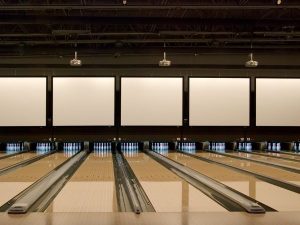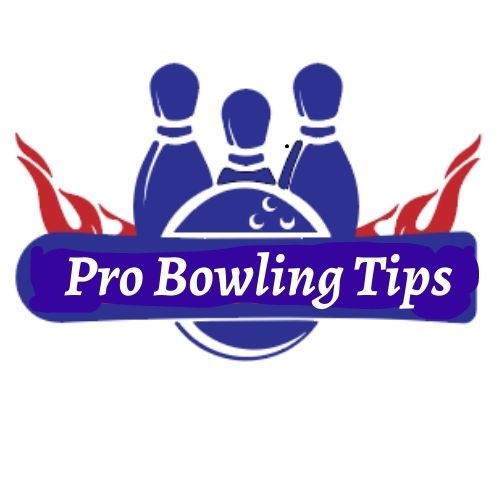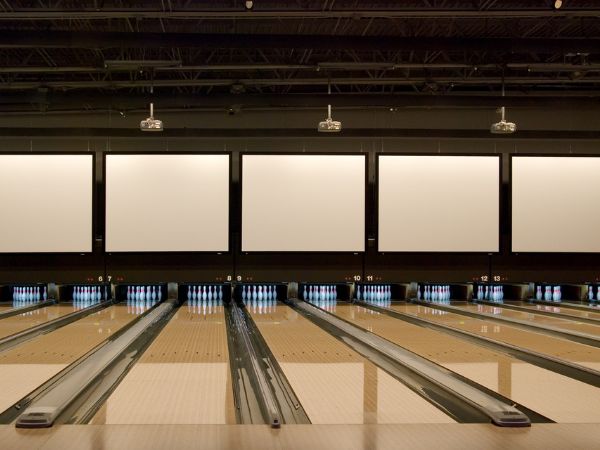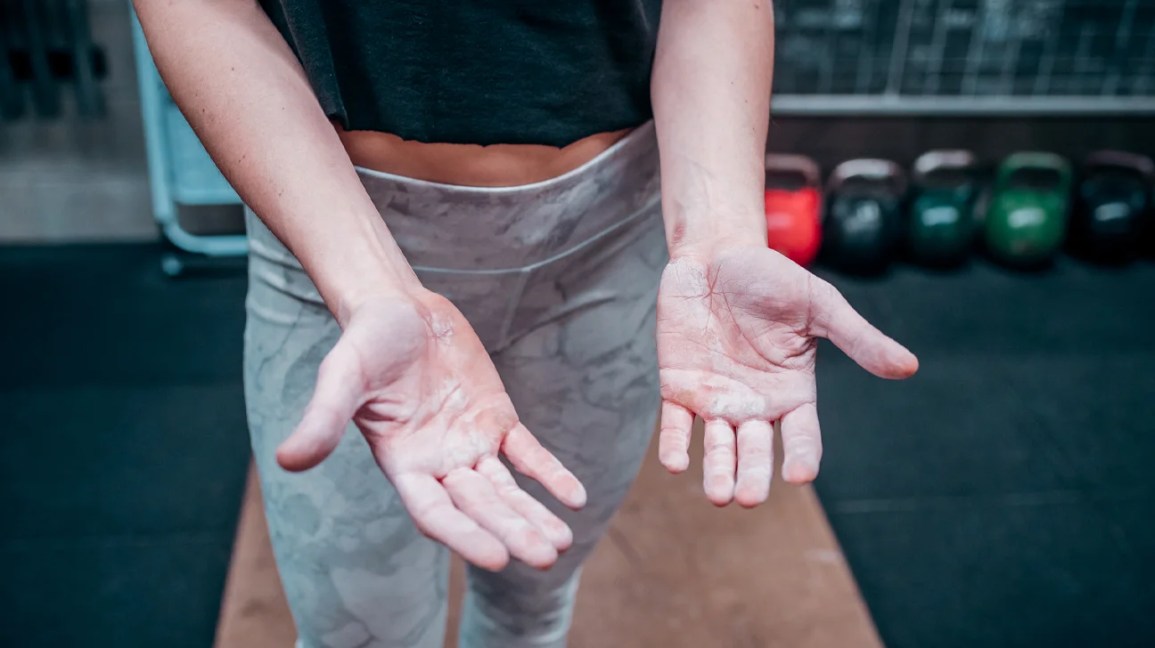To make you feel inclusive, let me assure you, you aren’t the first bowler to ever wonder what are bowling lanes made of. We all are curious about things we don’t know much about. In the bowling community, this is one of the most common questions asked by bowlers. It’s paramount to know the kind of surface you are dealing with so that you know the bowling ball and the lane materials are compatible.
Learning the bowling lane where you play and its construction is just as necessary as knowing about your bowling ball coverstock and its construction. So enough beating around the bush, allow me to reveal all the answers.
Also Read: Duckpin Bowling Lane Cost

What materials are the bowling lanes made of?
Nationwide, bowling alleys peaked during the mid-1960s. Back then, people took real pride in their bowling business, including the bowling lanes. Indeed, the rave has died down a little in recent days. The bowling lanes are not as glamorous as they were before. The biggest changes you will see in modern bowling lanes are that they are much more durable, easy to take care of, and most importantly, better-performing.
In the past, bowling lanes were mainly made of wood. It was either pine wood, maple wood, or a mixture of both. Some synthetic materials were also used for overlaying. These materials allow flawless and smooth ball motion and friction, from the foul line, and all the way to the pinsetter machine (the entire 65 feet distance). With technological advancements, bowling alley businessmen soon realized that they can save a lot of bucks by changing their lanes completely synthetic.
Compared to wooden materials, synthetic bowling lanes are much harder and more durable. Moreover, it is easy to look after these synthetic bowling lanes. Another big advantage of having a synthetic bowling lane is that it is less porous, and as a result, the oil doesn’t get absorbed into the lane surface. It is also easy to clean, repair, and low-maintenance. It also doesn’t crack that easily if you tend to hit the lane hard with your bowling ball. So when it comes to keeping the best form of these synthetic lanes, you don’t need to break the bank to do that.
Different bowling lane manufacturers offer different variations of hardness in their products. However, all the synthetic bowling lanes are harder and stronger than wooden bowling lanes. If you ask any bowling alley owner how is it like repairing the synthetic lanes, they will say they never had to do that (unless of course, any accident took place right on the lane). This is because these lanes don’t need any attention other than routine cleaning and daily oil application (at least once, and sometimes twice).
Now, you might think, aren’t the synthetic bowling lanes also made of wood because you can clearly see the wood patterns on the surface? Well, some of them are probably wooden lanes with synthetic coating on top whereas the synthetic ones have the wood image right underneath the coating that creates the illusion of wooden lanes.
Related Post
Why Bowling Lane Markings Exist & How they Works?
How do You Differentiate Oil Pattern Ratios for Different Lanes?
What are the Types of Bowling Lane Based on Surface Material and Oil Pattern?
How are the bowling lanes made?
Synthetic and wooden lanes have different constructions. Typically, the lane is constructed with 1-inch individual wide boards. But how is it exactly made? Well, 39 pieces of wooden blocks, each with 1.6 inches of width, are laid down next to one another. After that, a solution of synthetic material is applied to enhance the lane’s longevity.
In this modern era, things are done in various ways. Now, the companies that help to install bowling lanes can buy ready-to-use three-piece bowling lane boards. Sometimes, these boards come pre-laminated and completely ready-to-use (similar to the pre-made countertops). They are just placed on the foundation of the bowling lane, and after that, all it needs is some final setup and some top-notch synthetic coating so that they last for a long time.
How thick is the wood of a bowling lane?
How well do you know bowling lane dimensions? Well, apart from the lane being 60 feet long and 42 inches wide (39 boards), what else do you know? Can you mention a fact regarding the lane material? Well, I am happy to provide you with information you didn’t know before.
So, how thick or thin do you think wooden lanes are? In general, the wooden lanes are 2.5 inches in thickness. However, it can be more than that. Typically, a single bowling lane contains 41 feet of old pine wood and 22 feet of maple wood. Because pine wood is cheaper and more durable, they are prioritized more. The side-by-size lamination of these woods makes the bowling lane incredibly strong, and resilient.
FAQs Of What Are Bowling Lanes Made Of!
What materials are used to make bowling lanes?
Bowling lanes are traditionally made from wood, specifically hard rock maple for the sections that undergo the most impact, and soft pine for the rest of the lane. However, modern lanes are often made from synthetic materials like fiberglass and urethane due to their durability and lower maintenance requirements. Synthetic lanes provide a consistent playing surface that doesn’t absorb oil like wooden lanes, making them less susceptible to wear and tear.
How are bowling lanes maintained?
Regardless of the material, bowling lanes require regular maintenance to ensure they remain in good condition. This includes daily dusting, disinfection, and conditioning with a blend of mineral oil and synthetic additives. The conditioning not only protects the lane surface from scratches and dents but also ensures a smooth and consistent roll for the bowling balls. Maintenance practices can vary between alleys, especially in the type and amount of conditioner used, which can affect playing conditions.
Why are bowling lanes oiled?
The application of oil to bowling lanes serves two main purposes: protecting the lane surface from the friction and wear caused by bowling balls, and influencing the ball’s movement to add complexity to the game. Oil patterns can vary significantly, affecting how the ball reacts on the lane, from hooking potential to the speed and direction of the roll.
What is the difference between wood and synthetic bowling lanes?
While wood lanes offer a classic look and feel, with the ability to absorb oil and change patterns more rapidly, they require more maintenance and are more prone to warping and cracking. Synthetic lanes, on the other hand, are more durable and provide a consistent playing surface that’s easier for beginners to navigate. The choice between wood and synthetic lanes often comes down to personal preference and the desired bowling experience.
What are the dimensions and components of a bowling lane?
A standard bowling lane is 60 feet long and 42 inches wide, with a variety of components including the approach area, 39 wooden boards (each an inch wide), directional arrows, gutter channels, the foul line, and the pin deck. The design and layout of these components are critical for the functionality of the game and the ability for bowlers to strategize and score.
Conclusion
Having curiosity is just the kind of trait I appreciate in a bowler. If you have bowled even just for a day and wanted to know what goes on at the back, I appreciate your time and concerns to read this informative article. The provided facts will surely help you understand the bowling dynamics better. It is also fun to know about things you are involved with to a great extent. Now you know what kind of materials a bowling lane has and how long-lasting they can possibly be. Don’t worry too much, my friends! Keep on having fun and happy bowling!

Passionate Bowler and Bowling Enthusiast
Jess Pinelli is a dedicated bowling enthusiast with a deep love for the sport that spans over 6 years. With numerous strikes, spares, and a few gutter balls under hes belt, he has honed his skills on lanes across the country. Pinelli’s journey in the world of bowling has been a remarkable one, from casual weekend games with friends to competitive league play and even a few local tournaments.
Driven by her passion for the game, Pinelli decided to channel her expertise and knowledge into the digital realm, becoming a prolific author on this bowling website. She’s your go-to source for everything bowling-related, from mastering the perfect hook to choosing the right bowling ball and even navigating the world of bowling etiquette.
When she’s not busy writing informative articles or reviewing the latest bowling gear, you’ll likely find Pinellis at her favorite local bowling alley, helping newcomers improve their game or enjoying some friendly competition with fellow bowlers. She firmly believes that bowling is not just a game but a community, and she’s committed to fostering that sense of camaraderie both online and offline.




